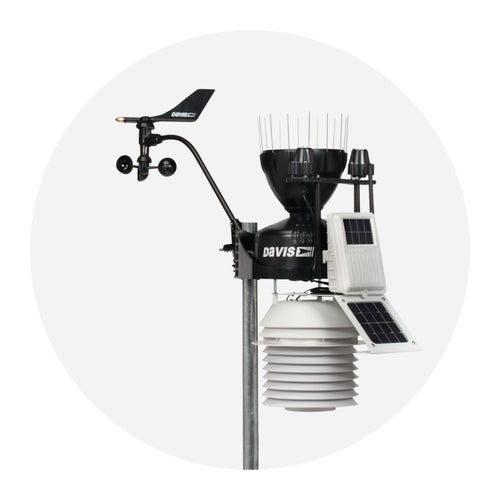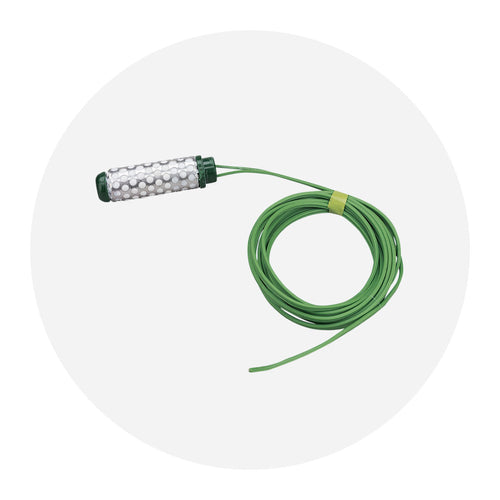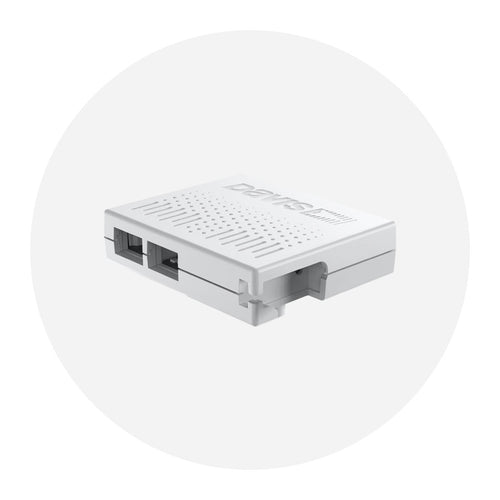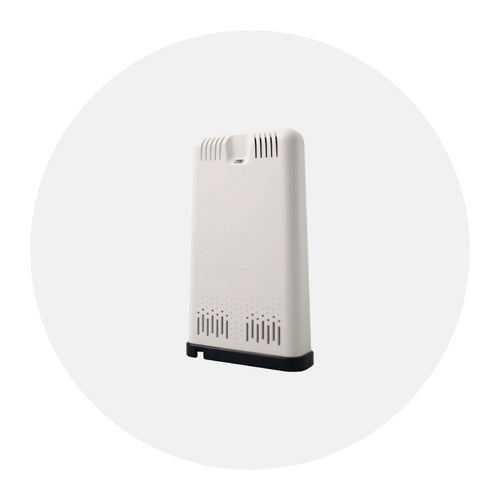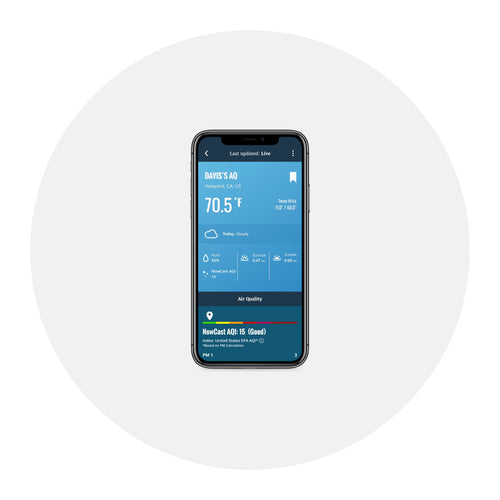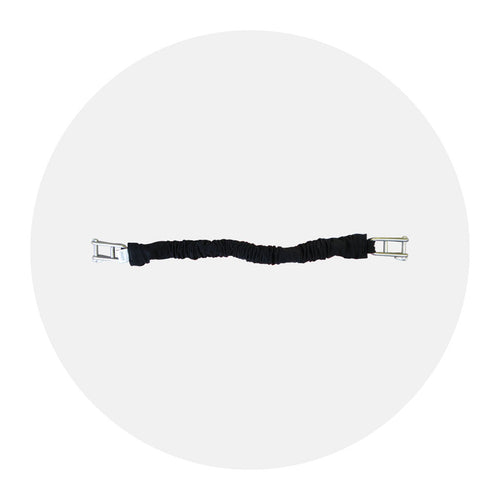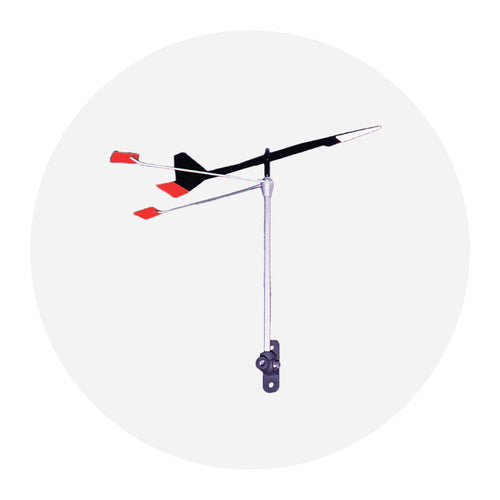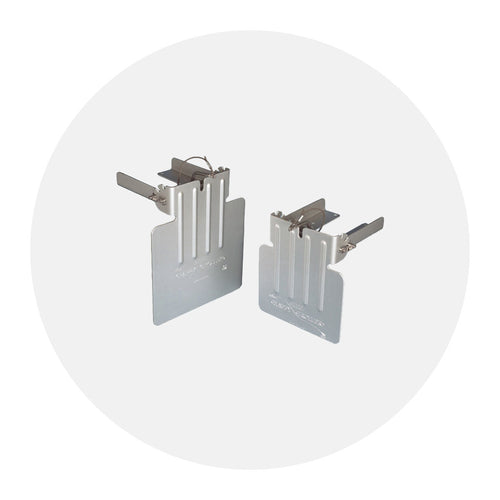A sailing wind vane, also known as a wind indicator or wind arrow, is a device used in sailing to visually indicate the direction of the wind. It consists of a lightweight, arrow-shaped element that is mounted on top of a vertical mast or pole on the boat. The wind vane is designed to pivot and align itself with the direction from which the wind is blowing.

The wind vane is positioned at a height that allows it to catch the wind unobstructed by the boat's sails or other structures. As the wind blows, it exerts force on the arrow, causing it to rotate and align itself with the wind direction. This alignment provides a clear visual indication of the wind's flow, allowing the crew to quickly and easily determine the wind's direction.
Wind vanes come in various designs and sizes, ranging from simple and compact models for small sailboats to more sophisticated and larger ones for larger vessels. Some wind vanes incorporate additional features such as wind speed indicators or illumination for nighttime sailing.
How can I choose the best wind vane for my boat?
Choosing the best wind vane for your boat depends on various factors, including the size of your boat, your sailing preferences, and your budget. Here are a few considerations to help you make a decision:
Boat Size and Type
Sailboat wind vanes that can be mounted to the top or side of the mast are useful for boats of various sizes and types. Davis WindTrak 15 is ideal for large sailboats, while WindTrak 10 is designed for smaller boats.
Catamaran wind vanes often require unique attachments to the headstay bridle, such as those included with the Davis Telo-Cat.
Temporarily mounted wind vanes, such as Davis Black Max, are useful when transporting small Lasers and Sunfish boats. Black Max attaches to masts or booms with an elastic mounting band.
All-purpose wind vanes for use on a boat or at home, such as the Davis Spar-Fly, use a needle bearing wind vane that is unaffected by angle of heel and can be attached to the top or side of an object.
Budget
Determine your budget for a wind vane. Prices can vary significantly from a $60 non-electronic plastic wind vane, to a $10,000 electronic wind vane system with autopilot capabilities.
Mounting
While most wind vanes are mounted at the top of a mast, others like the Davis Telo-Cat, can be mounted on the head stay bridle of a catamaran. Consider the mounting style that will be the most appropriate for you and your boat.
Davis instruments offers their "J-Base" which can be used to mount a wind vane on a vertical or horizontal surface. Davis Black Max includes a quick-release elastic band mount that attaches to masts and booms 1.5" to 2.5"
Visibility
What good is a wind vane if you can't see where it is pointing? Get a model that includes reference arms with bright, easy to see reference tabs.
For easy viewing at night, Davis offers a light that can be installed on their Sport Wind, WindTrak 10, and WindTrak 15 indicators.
Functionality
Electronic vs. Non-Electronic Wind Vanes
Electronic wind vane systems can cost up to $10,000 and often offer additional features beyond wind direction indication, such as wind speed measurement, data logging, autopilot systems, and integration with other onboard electronic systems.
Non-electronic wind vanes offer other advantages such as reliability, low maintenance requirements, independence from external power sources, simplicity of use, and cost-effectiveness. These factors make them a popular choice among sailors who value simplicity, durability, and a traditional approach to sailing.
Reliability
Non-electronic wind vanes are simpler in design and do not rely on electronic components pr sensors. This makes them less prone to technical malfunctions.
Low maintenance
Since non-electronic wind vanes have fewer components, they generally require less maintenance compared to their electronic counterparts. This can be particularly beneficial for long-distance sailors who may have limited access to repair facilities or power sources.
Independence
Non-electronic wind vanes do not require any external power source, such as batteries or electricity, to operate. This allows sailors to rely on the natural elements and reduces the need for additional equipment or power supply onboard.
Simplicity
Non-electronic wind vanes are often easier to understand and operate. They provide a clear visual indication of wind direction, allowing sailors to make quick and intuitive adjustments to their sails without the need for complex electronic displays or controls.
Cost-effective
Non-electronic wind vanes are inexpensive and usually cost under $100.
Wind sensitivity
Wind vanes such as Davis WindTrak utilize a sapphire jewel bearing suspension that is sensitive to very light breezes.



